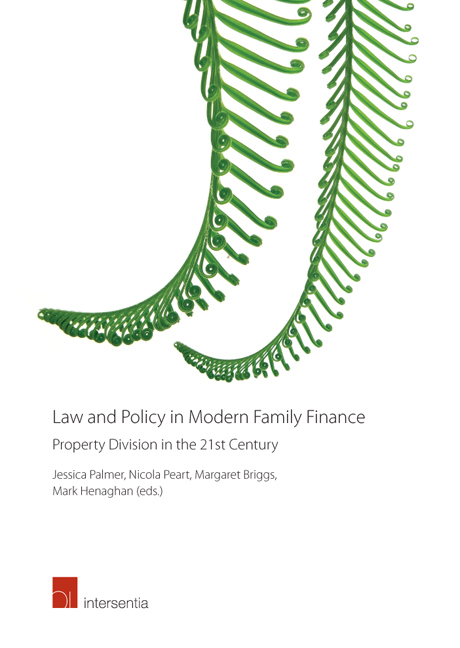Book contents
- Frontmatter
- Foreword
- Acknowledgements
- Contents
- Table of Cases
- List of Contributors
- Chapter 1 Introduction
- PART I WHO SHOULD BE COVERED BY A PROPERTY SHARING REGIME?
- PART II WHAT PROPERTY SHOULD BE COVERED BY A PROPERTY SHARING REGIME?
- Chapter 7 Classifying Relationship Property – A Radical Re-Shaping?
- Chapter 8 What to Do about Trusts?
- Chapter 9 Should Indigenous Property be Relationship Property?
- Chapter 10 Valuation of Relationship Property: An Evaluation of Practice and Procedure
- PART III HOW SHOULD PROPERTY BE SHARED AT THE END OF A RELATIONSHIP?
- Index
Chapter 9 - Should Indigenous Property be Relationship Property?
from PART II - WHAT PROPERTY SHOULD BE COVERED BY A PROPERTY SHARING REGIME?
Published online by Cambridge University Press: 29 September 2018
- Frontmatter
- Foreword
- Acknowledgements
- Contents
- Table of Cases
- List of Contributors
- Chapter 1 Introduction
- PART I WHO SHOULD BE COVERED BY A PROPERTY SHARING REGIME?
- PART II WHAT PROPERTY SHOULD BE COVERED BY A PROPERTY SHARING REGIME?
- Chapter 7 Classifying Relationship Property – A Radical Re-Shaping?
- Chapter 8 What to Do about Trusts?
- Chapter 9 Should Indigenous Property be Relationship Property?
- Chapter 10 Valuation of Relationship Property: An Evaluation of Practice and Procedure
- PART III HOW SHOULD PROPERTY BE SHARED AT THE END OF A RELATIONSHIP?
- Index
Summary
INTRODUCTION
Once, not that long ago, significant tracts of land on earth were known only to the Indigenous peoples. The expansion of the European empire into the ‘new world‘ of the old homes of Indigenous peoples in lands now known as, for example, the United States of America, Canada, Australia, and New Zealand has brought about complex legal quandaries that remain mostly unresolved despite more than 200 years of contact. The European colonialists arrogantly assumed sovereignty of the Indigenous peoples and their lands. While some of the English-styled domestic courts recognised Indigenous peoples ‘property tenure, they did so typically only on an occupancy use-rights scale, if at all. This was often justified on the premise that the local Indigenous peoples were'savage‘ or ‘barbarian‘ and certainly had no developed legal property tenure comprehensive to the Europeans. While those early cases have now been overruled, the present legal quandary remains about how best to reconcile with Indigenous peoples who mostly have had their sovereignty and property denied. Many contemporary domestic courts, domestic legislatures, and international instruments are attempting to find palatable answers. Within this context, focus is predominantly on, for instance, lands, waters, forests, fish, and coastlines. Often not in the spotlight is relationship property. Still, the domicile question of whether the very little remaining Indigenous property should be capable of being deemed relationship property raises unique issues that deserve close attention. Where one or both of the persons in a relationship are Indigenous and hold Indigenous property, should that Indigenous property remain ring-fenced as separate property or fall into the relationship sharing pool? For example, if the family home has been built on the ancestral land of the Indigenous partner, upon divorce should the non-owning partner be able to make a claim to the home? This chapter focuses on these questions as an important component of modern family finances with particular emphasis on a once colonial country: New Zealand.
- Type
- Chapter
- Information
- Law and Policy in Modern Family FinanceProperty Division in the 21st Century, pp. 203 - 228Publisher: IntersentiaPrint publication year: 2017



